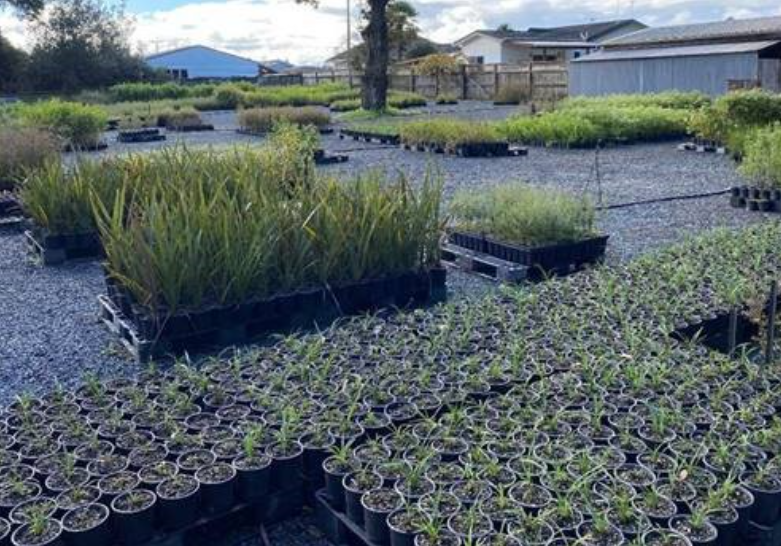Looking after the environment at Ruakura Superhub
A 10-year design and planning process to protect te taiao (the environment) at Ruakura Superhub is coming to fruition with a wide range of actions focused on cleaner waterways, increased native habitat, improved air quality, and reduced carbon emissions.
Iwi-owned nurseries such as the Ngaati Hauaa Mahi Trust and Ngaa Kaitiaki o Te Awa Puuniu (Puuniu River Care Inc) have cultivated one million native plants for the 10-hectare wetland and the green corridors or ‘swales’ (as they are known.) These swales will convey stormwater across the site, but also act as a natural filtration system designed to ensure that water leaves the site in a better state than when it came in.
“Five hapuu will be involved in mass planting events over the coming months and some of our iwi-owned businesses will also build the boardwalks at the wetlands,” says Ruakura Project Manager Cedric Crow, adding that a total of two million native plants will be planted across the development.
The benefits will be measurable. Consultancy firm Beca has used the GBCA Ecological Value Calculator assessment tool to model an overall 10 percent improvement in ecological values within the development area after 20-30 years, compared to prior to the development.
“As well as low-value pastoral vegetation replaced by high-value indigenous vegetation along swales and in wetland development, our plans will deliver an overall doubling of high-quality native fish habitat in comparison with the prior conditions and, longer-term, native birds and bats will have 10-20 more roost trees for every one potential roost tree removed during development,” Cedric says.
During a visit earlier this year, Minister of Transport Michael Wood acknowledged Ruakura Superhub as a significant step towards the future ‘decarbonisation’ of New Zealand’s supply chain. The Minister cited forecasts (from Castalia) that the shift from road to rail cargo transport afforded by the inland port will remove 65,000 long haul truck journeys per year when the port is at its planned operating capacity, resulting in significantly lower carbon emissions.

